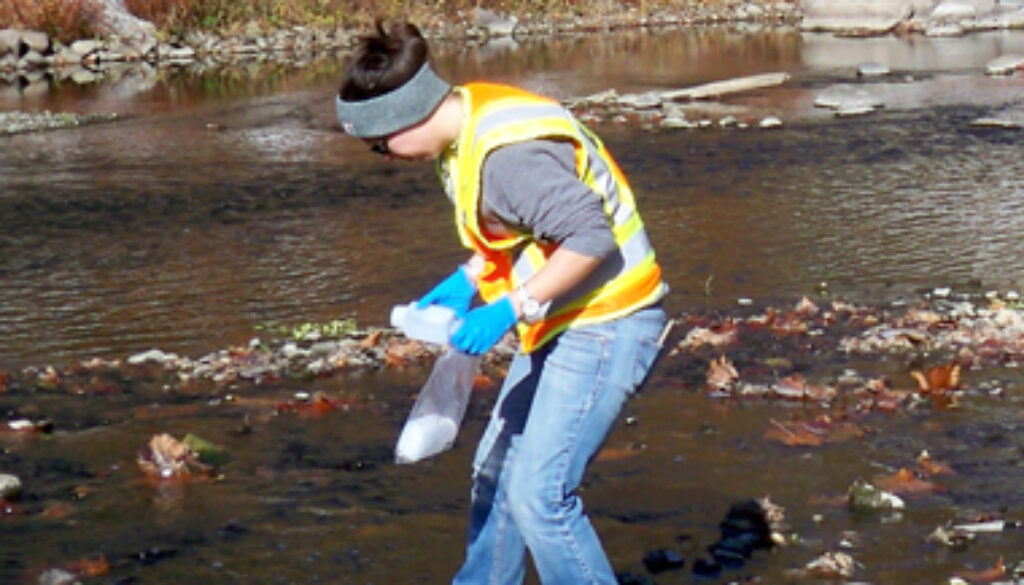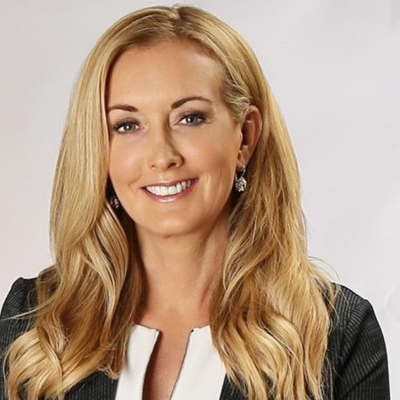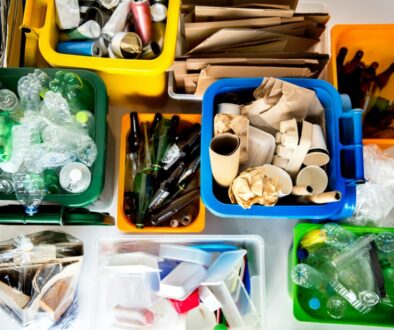Communities wrestle with pricey PFAS clean-up efforts
By Sascha Brodsky
On a recent wintry day, Deborah Brown walked along the edge of Lake Washington in Newburgh, New York, and pointed to a sign warning people not to fish because the waters are known to be contaminated with toxic chemicals.
“You wouldn’t want to eat the fish you catch,” Brown, a member of the Newburgh Clean Water Project, told a visitor.
Newburgh is one of many communities around the United States – indeed, around the world – now grappling with the knowledge that their landscapes and lives have come under threat from a class of chemicals known as per- and poly-fluoroalkyl substances (PFAS) that are being found throughout the environment.
Scientists have linked PFAS exposure to various health problems, including cancer, congenital disabilities, and liver disease. PFAS are known as “forever chemicals” because they do not break down easily and accumulate over time. Studies have estimated PFAS to be present in the blood of an estimated 97% of Americans and in hundreds of species of wildlife around the globe.
Last year, the Biden administration announced plans to “research, restrict, and remediate harmful PFAS,” and the US Environmental Protection Agency (EPA) has rolled out an array of strategies, including sharply lowering the allowable levels of certain types of PFAS in drinking water. The action is expected to trigger billions of dollars in spending on clean-up efforts across the country.
But for impacted communities, eradicating PFAS contamination – if that is even possible – can’t come fast enough.
In Newburgh, a city of about 28,000 residents approximately 60 miles north of New York City, the efforts to clean up PFAS in Lake Washington have illuminated an array of obstacles, including the multi-million-dollar price tags attached to high-technology remediation tactics, disputes over which clean-up strategies are most effective, and how fast work should proceed.
The fight over Newburgh’s PFAS problem centers on Lake Washington, which once served as the city’s drinking water source. In 2016, it was discovered that PFAS had leached into the lake from the nearby Stewart Air National Guard, where firefighter foam containing PFAS was used in training exercises for decades. A recent study by the Centers for Disease Control and Prevention (CDC) found that some residents living near the base had elevated levels of PFAS in their blood.
The city’s drinking water is considered safe because, for the last few years, the state has been sourcing its supplies from an aqueduct free of dangerous chemicals. But members of the Newburgh Clean Water Project remain worried that runoff from Lake Washington could cause health problems, said group member Jennifer Rawlison.
“Our community needs to keep being present and heard in their demands that things be restored,” she said. “Remediation is going to be a long process and needs patience but, more importantly, persistence. Our community needs to keep being present and heard in their demands that things be restored.”
Taking “aggressive action”
The state’s Department of Environmental Conservation (DEC) has “taken aggressive action” to deal with the PFAS contamination, according to DEC spokesperson John Salka. The state has put in a water filtration system, paid for drinking water from New York City’s Catskill Aqueduct, and designated Stewart Air National Guard Base as a Superfund site, a designation that helps expedite cleanup. Among other actions, the state has also sampled private wells potentially impacted by PFAS contamination in the Washington Lake area and surrounding areas.
But many Newburgh residents say the pace of the PFAS cleanup is far too slow. Rawlison and her colleagues are part of an advisory board that brings the Stewart Air National Guard and the Department of Defense together with community members and other stakeholders to review the assessment process and eventual cleanup of the air base.
“One obvious challenge is the very slow process of how things move,” Rawlison said. More than three years have passed since the group started pushing for action on the PFAS problem, and some local agencies are still not participating in discussions about the cleanup, said Rawlison.
Part of the challenge for communities such as Newburgh is the fact that cleaning up PFAS chemicals is an expensive task. New York has spent more than $80 million on remediation efforts so far in Newburgh, including construction of a “granular activated carbon” system at the city’s filtration plant to remove PFAS from Washington Lake water.
In North Carolina, Brunswick County has spent nearly $100 million on a facility for reverse osmosis water purification. And by some estimates, the infrastructure needed to lower the levels of PFAS in Orange County, California’s drinking water to the state’s recommended levels will cost at least $1 billion
One method for removing PFAS chemicals, known as “pump-and-treat,” is achieved through extracting and filtering groundwater using granular activated carbon or ion exchange resins. The technique has been deemed effective by the EPA but can cost millions of dollars over several decades. Contractors often perform pump-and-treat, but in Newburgh, the system was constructed by the DEC.
Pump-and-treat is “a very costly solution,” according to Rainer Lohmann, a professor of oceanography and the director of the Superfund Research Center at the University of Rhode Island. One alternative is use of a nanocarbon-based material or some other strong sorbent that binds PFAS and is injected into the ground. But there are concerns about how long such barriers will retain PFAS, according to Lohmann.
Methods to clean up PFAS options vary depending on the nature of the contamination. Some water treatment techniques, including reverse osmosis or dual-stage carbon filters, can remove contaminants, but the chemicals are very resistant to degradation.
Innovation needed
Because there are so many PFAS chemicals with different properties and structures, finding a “one-size-fits-all” approach to remove or destroy them is “exceedingly difficult,” said Carrie McDonough, a chemistry professor at Carnegie Mellon University. Techniques may be effective at removing certain PFAS chemicals but not others, McDonough said.
As well, some methods of removing PFAS from drinking water can create their own problems and generate a secondary waste stream of dangerous chemicals, said Amy Dindal, who leads the PFAS program for Battelle, a nonprofit focused on applied science and technology innovations.
“Innovations are needed to proactively address current and ideally future contaminants in drinking water which exist above regulatory maximum contaminant levels,” Dindal said.
Communities contaminated with PFAS want the chemicals removed because of mounting evidence about human health problems tied to PFAS exposure.
Last year, the National Academies of Sciences, Engineering, and Medicine recommended that the CDC advise doctors to start offering PFAS blood testing to their patients who are likely to have a history of elevated exposure to the toxins. Those test results should be reported to state public health authorities to improve PFAS exposure surveillance, NASEM said.
Children may be particularly at risk when it comes to PFAS exposure. In Maine, one school recently switched to bottled water after finding elevated PFAS levels in its well. And a school in Putnam Valley, New York, is suing companies that make PFAS chemicals over contamination in the drinking water there as part of broad concerns about PFAS contamination in the community.
“I shower with it and everything, but I just don’t want to drink it,” said Eileen Reilly, a Putnam Valley resident.
(Water is collected and sampled in Newburgh, New York. Featured image provided by New York State Department of Environmental Conservation.)




